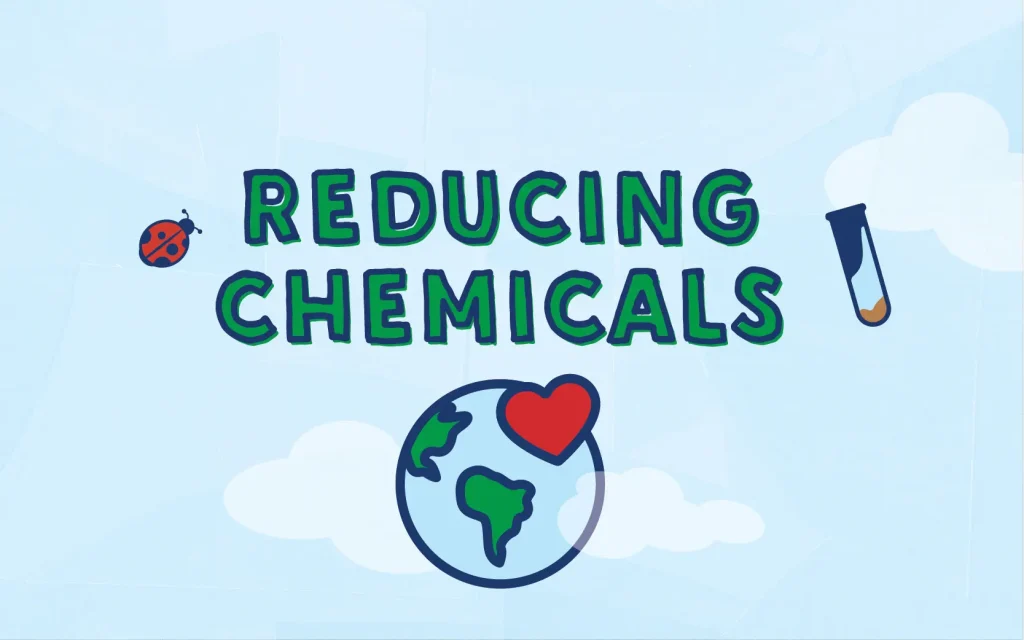Environmental Medicine: Your Practical Guide to Toxin Avoidance

You know that feeling. You walk down the cleaning aisle at the store and get hit with a wall of chemical scent. Or you open a new piece of furniture and that “new smell” fills the room. For most of us, it’s just a minor annoyance. But for a growing number of people, it’s the start of a headache, brain fog, or worse.
That’s where environmental medicine comes in. It’s not some fringe concept anymore. It’s a field of medicine that looks at the direct link between our environment and our health. Think of your body not as a sealed fortress, but as a porous, living system constantly interacting with the world. The air, the water, the food, the products we slather on our skin—it all adds up.
What is Environmental Medicine, Really?
In a nutshell, environmental medicine is the study of how external exposures impact our internal health. It’s detective work. Practitioners look for connections between a person’s symptoms and their exposure to things like heavy metals, pesticides, mold, and industrial chemicals. The goal isn’t to create a sterile, bubble-bound life. That’s impossible. The goal is to reduce the total toxic load—the cumulative burden on your body’s detoxification systems.
When your liver, kidneys, and other pathways are overwhelmed, that’s when symptoms can creep in. Fatigue that coffee won’t fix. Unexplained aches. Skin issues. It’s your body waving a little white flag.
The Usual Suspects: Where Toxins Lurk
Let’s get practical. You can’t avoid what you don’t see. So here’s a quick rundown of the most common sources of everyday toxins. Don’t panic. Just get aware.
1. Indoor Air Quality
Ironically, the air inside our homes is often more polluted than the air outside. It’s a cocktail of off-gassing from furniture, flooring, paint, and cleaning products. Volatile Organic Compounds (VOCs) are the main culprits here.
2. The Personal Care Aisle
Your skin is your largest organ, and it absorbs a significant amount of what you put on it. The average person uses about a dozen products daily, each with a list of unpronounceable ingredients. Parabens, phthalates, and synthetic fragrances are the big ones to watch for.
3. Our Food and Water Supply
This one’s a double whammy. Pesticide residues on conventional produce, plastics leaching from packaging, and heavy metals like lead and arsenic that can be found in some water supplies and even certain foods like rice.
Toxin Avoidance Strategies That Actually Work
Okay, enough with the problem. Let’s talk solutions. The good news is that you don’t need to overhaul your entire life in one day. Small, consistent swaps make a massive difference over time. Here’s a game plan.
Start With Your Air
Improving indoor air quality is one of the highest-impact changes you can make.
- Ventilate: Open your windows for 10-15 minutes a day, even in winter. It flushes out stagnant, polluted air.
- Go Green: Houseplants like snake plants and peace lilies are decent, natural air purifiers.
- Invest in a HEPA filter: For those with allergies or chemical sensitivities, a good air purifier is a game-changer.
Clean Up Your Cleaning & Personal Care
This is where you can make a ton of progress without spending a fortune.
- The Smell Test: If it’s heavily fragranced, be suspicious. Opt for fragrance-free or products scented with essential oils.
- Simplify: You probably don’t need a different cleaner for every surface. Vinegar, baking soda, and castile soap are powerful, non-toxic basics.
- Read the Label: Use an app like EWG’s Healthy Living or Think Dirty to scan personal care products. It’s eye-opening.
Make Smarter Food Choices
You don’t have to eat 100% organic to make a difference. It’s about strategic choices.
| High-Priority Organic | Lower-Priority (Can buy conventional) |
| Strawberries, Spinach, Kale | Avocados, Sweet Corn, Pineapples |
| Apples, Grapes, Peaches | Onions, Papayas, Frozen Sweet Peas |
| Celery, Tomatoes, Nectarines | Asparagus, Kiwi, Cabbage |
Also, consider a high-quality water filter. A simple carbon filter pitcher is a great start. And, you know, try to store food in glass or stainless steel instead of plastic whenever you can.
Beyond Avoidance: Supporting Your Body’s Natural Defenses
Avoidance is the first line of defense. But we live in the real world. So the second part is supporting your body’s innate ability to process and eliminate the toxins it does encounter.
- Stay Hydrated: Water is essential for every detoxification pathway, especially your kidneys.
- Eat for Your Liver: Foods like cruciferous vegetables (broccoli, cauliflower, Brussels sprouts), garlic, and turmeric provide nutrients that support your liver’s detox enzymes.
- Don’t Forget Fiber: Fiber acts like a broom in your digestive tract, helping to bind and usher out waste.
- Sweat It Out: Regular exercise that makes you sweat is a fantastic way to support your body’s natural cleansing processes.
A Final Thought on Modern Living
This journey isn’t about achieving perfection. It’s about progress. It’s about making more conscious choices, most of the time. Every time you choose a glass container over plastic, or open a window, or read a label, you’re casting a vote for your long-term health.
Environmental medicine teaches us that we are not separate from our surroundings. We are woven into them. And by gently cleaning up our immediate environment, we aren’t just avoiding toxins—we’re creating a foundation for resilience, one small, intentional step at a time.







